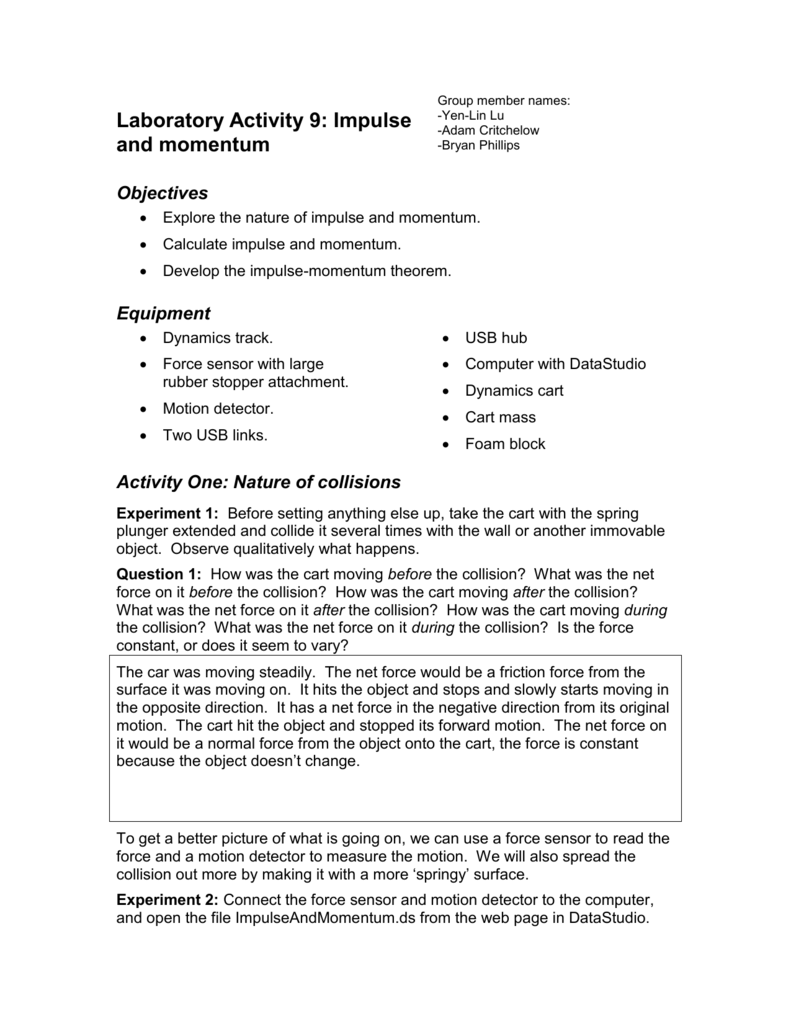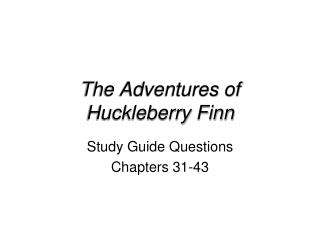Impulse And Momentum Study Guide 9
Posted By admin On 07.09.19Chapter 9 Lecture physics FOR SCIENTISTS AND ENGINEERS a strategic approach THIRD EDITION randall d. Knight © 2013 Pearson Education, Inc. Chapter 9 Impulse and Momentum Chapter Goal: To understand and apply the new concepts of impulse and momentum.
© 2013 Pearson Education, Inc. Slide 9-2 Chapter 9 Preview © 2013 Pearson Education, Inc. Slide 9-3 Chapter 9 Preview © 2013 Pearson Education, Inc. Slide 9-4 Chapter 9 Preview © 2013 Pearson Education, Inc. Slide 9-5 Chapter 9 Preview © 2013 Pearson Education, Inc. Slide 9-6 Chapter 9 Preview © 2013 Pearson Education, Inc. Slide 9-7 Chapter 9 Preview © 2013 Pearson Education, Inc.
Impulse and Momentum Explosions and collisions obey some surprisingly simple laws that make problem solving easier when comparing the situation before and after an interaction. Chapter Goal: To introduce the ideas of impulse and momentum and to learn a new problem-solving strategy.
Slide 9-8 Chapter 9 Reading Quiz © 2013 Pearson Education, Inc. Slide 9-9 Reading Question 9.1 Momentum is A.
Mass times velocity. ½ mass times speed-squared. The area under the force curve in a force-versus-time graph. Velocity per unit mass. © 2013 Pearson Education, Inc. Slide 9-10 Reading Question 9.1 Momentum is A. Mass times velocity.
½ mass times speed-squared. The area under the force curve in a force-versus-time graph. Velocity per unit mass. © 2013 Pearson Education, Inc. Slide 9-11 Reading Question 9.2 Impulse is A. A force that is applied at a random time.
A force that is applied very suddenly. The area under the force curve in a force-versus-time graph. The time interval that a force lasts. © 2013 Pearson Education, Inc. Slide 9-12 Reading Question 9.2 Impulse is A. A force that is applied at a random time.
A force that is applied very suddenly. The area under the force curve in a force-versus-time graph. The time interval that a force lasts.
© 2013 Pearson Education, Inc. Slide 9-13 Reading Question 9.3 A method for “momentum accounting,” introduced in this chapter, is A.
Credit-debit tables. Impulse-versus-time graphs. Momentum bar charts.
Momentum conservation pools. Momentum spreadsheets. © 2013 Pearson Education, Inc. Slide 9-14 Reading Question 9.3 A method for “momentum accounting,” introduced in this chapter, is A. Credit-debit tables. Impulse-versus-time graphs.
Momentum bar charts. Momentum conservation pools. Momentum spreadsheets. © 2013 Pearson Education, Inc. Slide 9-15 Reading Question 9.4 The total momentum of a system is conserved A. If the system is isolated.
If the forces are conservative. Never; it’s just an approximation. © 2013 Pearson Education, Inc. Slide 9-16 Reading Question 9.4 The total momentum of a system is conserved A.
Impulse And Momentum Study Guide 9 Accounting
If the system is isolated. If the forces are conservative. Never; it’s just an approximation. © 2013 Pearson Education, Inc. Slide 9-17 Reading Question 9.5 In an inelastic collision, A. Impulse is conserved.
Momentum is conserved. Force is conserved. Energy is conserved.
9.1 Impulse And Momentum Study Guide Answers
Elasticity is conserved. © 2013 Pearson Education, Inc.

Slide 9-18 Reading Question 9.5 In an inelastic collision, A. Impulse is conserved. Momentum is conserved. Force is conserved. Energy is conserved. Elasticity is conserved.
© 2013 Pearson Education, Inc. Slide 9-19 Chapter 9 Content, Examples, and QuickCheck Questions © 2013 Pearson Education, Inc. Slide 9-20 Momentum The product of a particle’s mass and velocity is called the momentum of the particle: Momentum is a vector, with units of kg m/s.
A particle’s momentum vector can be decomposed into x- and y-components. © 2013 Pearson Education, Inc. Slide 9-21 QuickCheck 9.1 The cart’s change of momentum px is A. © 2013 Pearson Education, Inc. Slide 9-22 QuickCheck 9.1 The cart’s change of momentum px is A. px = 10 kg m/s (20 kg m/s) = 30 kg m/s Negative initial momentum because motion is to the left and vx.
